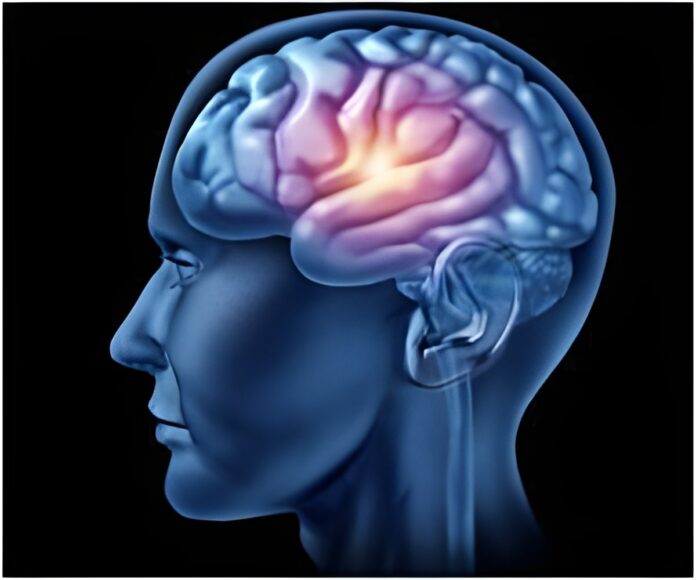Speaking and listening share neural pathways, with brain activity adapting precisely to words and context during conversation.
Language processing in the brain during real-life conversations involves distinct neural activity patterns linked to both speaking and listening. The investigation, led in part by teams using USC’s resources, aimed to pinpoint which brain regions are activated and how these responses change based on the words and context of the dialogue (1✔ ✔Trusted Source
Natural language processing models reveal neural dynamics of human conversation
Go to source
).
The focus was on how the brain processes language during real-life conversations. The goal was to understand which brain regions become active when speaking and listening, and how these patterns relate to the specific words and context of the conversation.
Combining Artificial Intelligence and Neural Data
Artificial intelligence (AI) was employed to take a closer look at how the brain handles the back-and-forth of real conversations. Advanced AI, specifically language models like those behind ChatGPT, was combined with neural recordings using electrodes placed within the brain. This approach allowed for simultaneous tracking of the linguistic features of conversations and the corresponding neural activity in different brain regions.
By analyzing these synchronized data streams, it was possible to map how specific aspects of language—like the words being spoken and the conversational context—were represented in the dynamic patterns of brain activity during conversation.
Speaking and Listening Share Neural Pathways
Both speaking and listening during a conversation engage a widespread network of brain areas in the frontal and temporal lobes. These brain activity patterns are highly specific, changing depending on the exact words being used, the context, and order of those words.
Some brain regions are active during both speaking and listening, suggesting a partially shared neural basis for these processes. Specific shifts in brain activity were identified when people switch from listening to speaking during a conversation.
Neural Networks Adapt to Context and Meaning
Overall, the findings illuminated the dynamic way the brain organizes itself to produce and understand language during a conversation.
The findings offer significant insights into how the brain pulls off the seemingly effortless feat of conversation. It highlights just how distributed and dynamic the neural machinery for language is–it’s not just one spot lighting up, but a network across different brain regions. The fact that these patterns are so finely tuned to the specifics of words and context shows the brain’s remarkable ability to process the nuances of language as it unfolds.
The partial overlap observed between the brain regions involved in speaking and listening hints at an efficient neural system, potentially a shared mechanism that gets repurposed depending on whether information is being sent or received. This suggests a lot about how roles are efficiently switched during a conversation.
Future of Brain-Based Language Decoding
The next step involves semantic decoding, which means moving beyond simply identifying which brain regions are active during conversation and decoding the meaning of the words and concepts being processed.
Ultimately, this level of decoding could provide profound insights into the neural representation of language. This work could contribute to the development of brain-integrated communication technologies that can help individuals whose speech is affected by neurodegenerative conditions like amyotrophic lateral sclerosis (ALS).
Reference:
- Natural language processing models reveal neural dynamics of human conversation – (https://www.nature.com/articles/s41467-025-58620-w)
Source-Eurekalert


